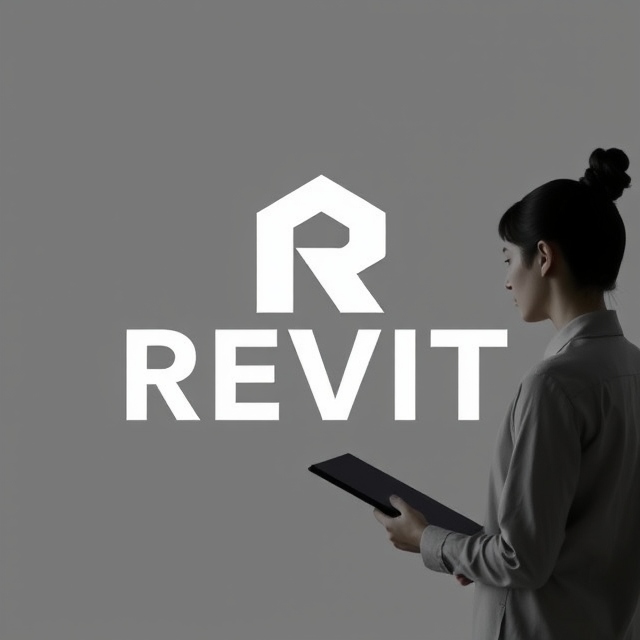Autodesk Revit is a powerful tool for architects, engineers, and construction professionals. It enables seamless design, documentation, and collaboration. However, navigating Revit’s interface and performing tasks efficiently can be challenging without the use of keyboard shortcuts. By incorporating these shortcuts into your workflow, you can save time, improve accuracy, and enhance productivity.
Here are some of the most useful Revit shortcuts you should know:
General Navigation Shortcuts
- ZA: Zoom to Fit — Adjusts the view to fit all visible elements.
- ZE: Zoom Extents — Focuses on selected elements in the model.
- WT: Tile Windows — Arranges all open windows side by side.
- TW: Close Hidden Windows — Closes all windows except the active one.
Selection and Editing Shortcuts
- CTRL + Click: Add/Remove from Selection — Add or remove elements from your selection set.
- DE: Delete Element — Removes the selected element.
- MM: Mirror Pick Axis — Creates a mirrored copy of selected elements.
- MV: Move — Activates the Move tool.
- RO: Rotate — Activates the Rotate tool.
Modeling Shortcuts
- WA: Wall — Activates the Wall tool to draw walls.
- DR: Door — Places doors in walls.
- WN: Window — Inserts windows into walls.
- CM: Component — Places a component in the model.
- TG: Tag by Category — Applies a tag to an element based on its category.
View Management Shortcuts
- VP: Create Viewport — Adds a viewport to a sheet.
- VG: Visibility/Graphics Overrides — Opens the Visibility/Graphics dialog box.
- TL: Thin Lines — Toggles thin line display for better visibility.
- OR: Orient to View — Aligns the 3D view to a specific view.
Annotation Shortcuts
- DI: Dimension — Places dimensions in a view.
- TX: Text — Adds text annotations to a view.
- EL: Elevation — Places an elevation marker in the view.
- LI: Line — Draws detail lines in views.
Project Management Shortcuts
- UN: Project Units — Opens the Units dialog box for adjustments.
- CS: Create Similar — Quickly starts creating a similar element based on the selected one.
- GP: Group — Creates a group from selected elements.
- HH: Hide Element — Temporarily hides selected elements.
- EH: Unhide Element — Reveals hidden elements.
Tips for Mastering Revit Shortcuts
- Start Small: Focus on learning a few shortcuts that you frequently use.
- Customize Shortcuts: Revit allows you to modify or create new shortcuts to suit your workflow.
- Practice Regularly: The more you use shortcuts, the faster they’ll become second nature.
- Use a Shortcut Cheat Sheet: Keep a printed or digital reference handy as you learn.
By integrating these shortcuts into your daily tasks, you can navigate Revit more intuitively, complete projects faster, and elevate your productivity. Embrace these tips to become a Revit power user today!

